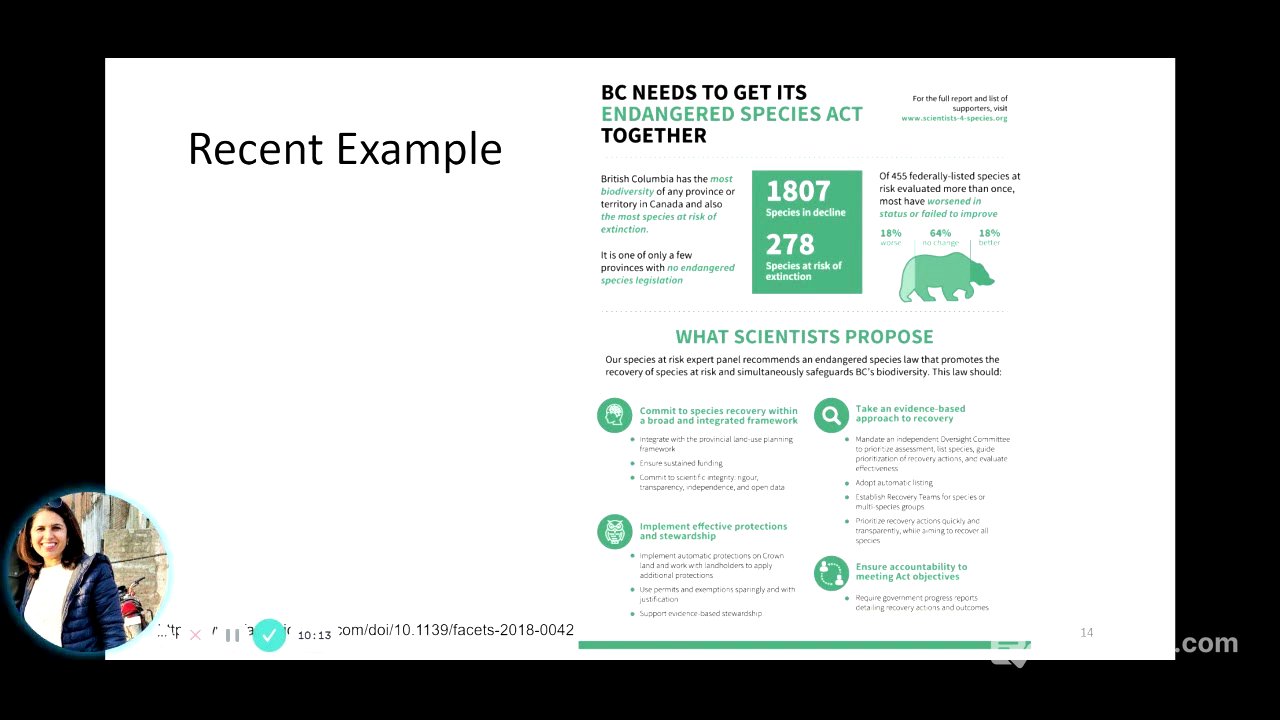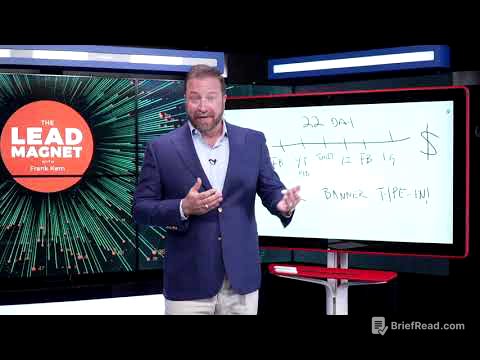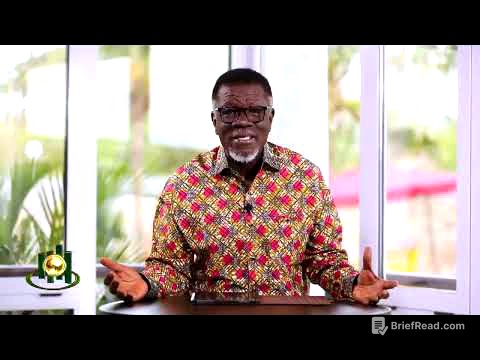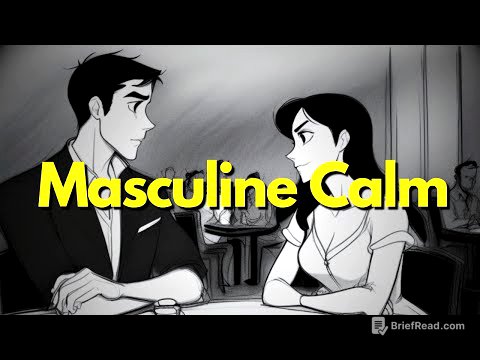TLDR;
This video provides an overview of public policy, its importance, development, and the connection between science and policy. It highlights the definition of public policy, the importance of studying it, the stages of policy development, and the role of science in informing policy decisions. The video emphasizes the need for trust, timing, format, and practice in the relationship between scientists and policymakers to ensure effective and sustainable solutions to societal challenges.
- Public policy involves action or inaction by actors to address public problems.
- Studying public policy is crucial for informed citizenship and effective governance.
- The policy cycle includes agenda setting, formulation, adoption, implementation, evaluation, and maintenance.
- Scientific evidence is vital for making informed policy decisions and achieving sustainable solutions.
Defining Public Policy [0:14]
The video begins by defining public policy, referencing James Anderson's definition from 1975, which describes it as a course of action or inaction undertaken by an actor or set of actors to address a specific problem or concern. The definition includes elements such as action, inaction, actors, problems, and concerns. Other authors like E Stone, Dye, Rose, and Frederick also provided their definitions, emphasizing the government's relationship with its environment and its choices to act or not act. Public policy is not just a decision but a course of activity involving multiple steps and stakeholders. Ultimately, policy is a course of government action or inaction in response to public problems, involving issues like policy goals, regulations, and practices, often implemented through programs.
Importance of Public Policy [4:37]
The importance of studying public policy is highlighted, especially for those aspiring to be policymakers or informed citizens. Understanding public policies, how they are made, the politics involved, and their impact on citizens is crucial. Public policy helps resolve issues, allows the public to measure achievements, and enables responses to societal needs, such as the rapid development and distribution of COVID-19 vaccines. For scientists and researchers, understanding the connection between policies and science is essential, particularly in areas like healthcare, environment, and social issues.
Endangered Species Act Example [7:22]
An example is shared regarding British Columbia's need for an endangered species act. British Columbia has significant biodiversity but also many species at risk. The British Columbia Conservation Data Center (BCCDC) has identified 1,871 wildlife species at risk, and the Committee on the Status of Endangered Wildlife in Canada (Coswick) has assessed 278 species at risk of extinction. Recommendations from scientists include implementing an adaptive approach with transparent monitoring and reporting to expedite action. Key recommendations include committing to species recovery, using evidence-based approaches, implementing effective protections, and ensuring accountability to meet act objectives.
Public Policy Development Process [10:55]
The public policy development process is discussed, emphasizing its role in translating government vision into a systematic framework. This process allows for government consultation and creates a structure for legislation, government programs, and services. The process begins with identifying an issue or problem, conducting research, analyzing data, and consulting stakeholder groups. Financial costs and risk factors are considered, and policy options are developed and debated by politicians. This process is described as intense and involving various areas such as organizational, political, and administrative considerations.
Stages of the Policy Cycle [14:38]
The stages of the policy cycle are outlined, including agenda setting, formulation, adoption, implementation, evaluation, and maintenance. Agenda setting involves deciding which problems to address through various types of agendas (systemic, institutional, discretionary, and decision agendas). Formulation involves shaping solutions and intense negotiation between parties. Adoption is the legal and authoritative consideration of the policy. Implementation puts the policy into action, with responsibility shifting from policymakers to implementers. Evaluation assesses the policy's effectiveness and efficiency. Finally, support and maintenance involve periodically reviewing the policy for relevancy and making necessary amendments or terminations.
Science and Policy Connection [22:04]
The connection between policy decisions and science is explored, emphasizing that science-informed decisions are crucial for a sustainable future. Examples include using evidence to approve COVID-19 vaccines and understanding climate change impacts. Interdisciplinary teams with scientific competencies are essential for creating and sustaining policies. Scientists need to understand policy questions, and collaborations between scientists and politicians are vital. Trust, timing, format, and practice are key factors for scientific evidence to inform policy effectively.
Montreal Protocol Example [29:06]
The Montreal Protocol is presented as a classic example of science informing policy. The discovery of the ozone hole in 1985 led to the Montreal Protocol on substances that deplete the ozone layer, signed in 1987. Without scientific evidence, this protocol would not have been created. The protocol, ratified by 197 UN members, aims to phase out the production and consumption of ozone-depleting compounds by 2030.
Scope of Public Policies in Canada [30:53]
The scope of public policies in Canada is broad, influencing decisions on retirement savings, education, healthcare, and access to services like vaccines. The government's involvement in citizens' everyday lives is expanding, as evidenced by the numerous bills passed in parliament. Public policies are vital for scientists and policymakers to ensure the societal relevance of research and to inform successful policy decisions that shape the future. Understanding policy development and the connection between science and policy is essential for the benefit of humanity.









